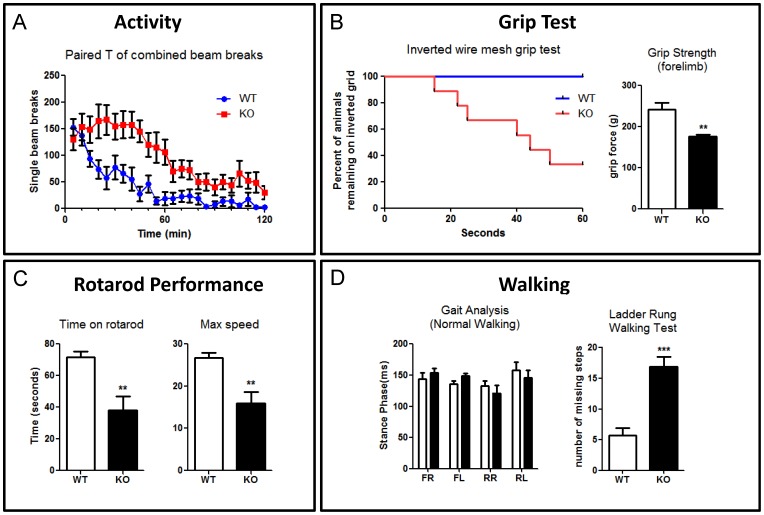Figure 6. Cxcr4 deficient mice showed poor balance and coordination.
(A) KO mice have higher level of activity in 120 min locomotion test (n = 9) (B) Left: More than half of KO mice are unable to stay on an inverted wire mesh grid during a 60 sec test. All of falling mice failed to grasp the grid appropriately with their hind limbs (n = 9). Right: A pull test to measure the maximum grip strength of forelimb within 20 seconds. KO mice showed significant weaker forelimb strength (n = 6). (C) In a rotarod test (n = 9), KO mice showed poor performance and fall of faster (left) and at a slower speed (right). (D) Left: Gait analysis reveal no significant difference in stance phase between WT and KO mice in normal walking (n = 6) (FR, front right; FL, front left; RR, rear right; RL, rear left). Right: KO mice missed a significantly higher percentage of steps in the ladder rung walking test (n = 6) (**p<0.01, ***p<0.001). Values represent mean ± SEM.

